Your Amazon Prime Day cart might be full of regrets – 3 interior designers on what to remove, and the timeless buys to replace them with right now
Here’s how to cut through the noise, avoid the post-sale scaries, and shop smart according to the pros
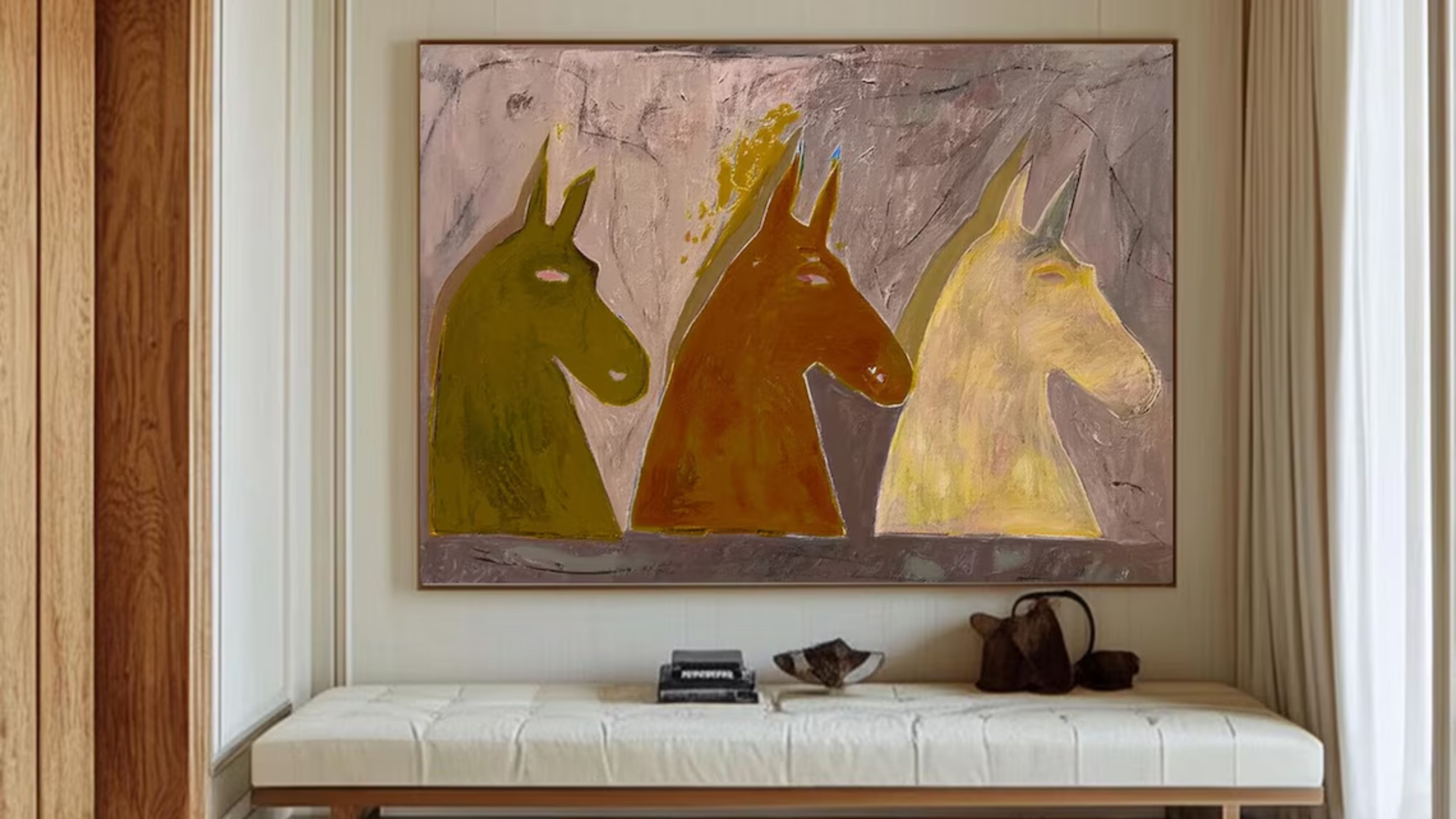
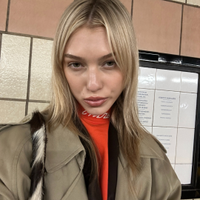
These days, influencers – each armed with an Amazon storefront and an algorithm-friendly grin – are everywhere. Their homes are spotless, their teeth sparkle, and they’ll swear up and down that this scalloped table lamp or that ten-in-one kitchen gadget is the thing your life is missing. During tentpole sales like Amazon Prime Day, they go into overdrive. Even as a seasoned shopping editor myself, I find the whole thing to be a bit of a rat race.
Because when seemingly everything is in the Amazon Prime Day sale, the question isn’t what to buy – it’s what to avoid.
So I turned to the pros: three designers, each with sharp taste and zero tolerance for impulse home buys, and gathered their wisdom and cautionary tales – partially to deinfluence you, and partially to preserve my own sanity this season.
As interior designer Nina Lichtenstein of Custom Home Design puts it: ‘Sometimes, not buying is the most powerful design decision of all.’
Here’s what not to buy this Prime Day.
Artificial plants and flowers
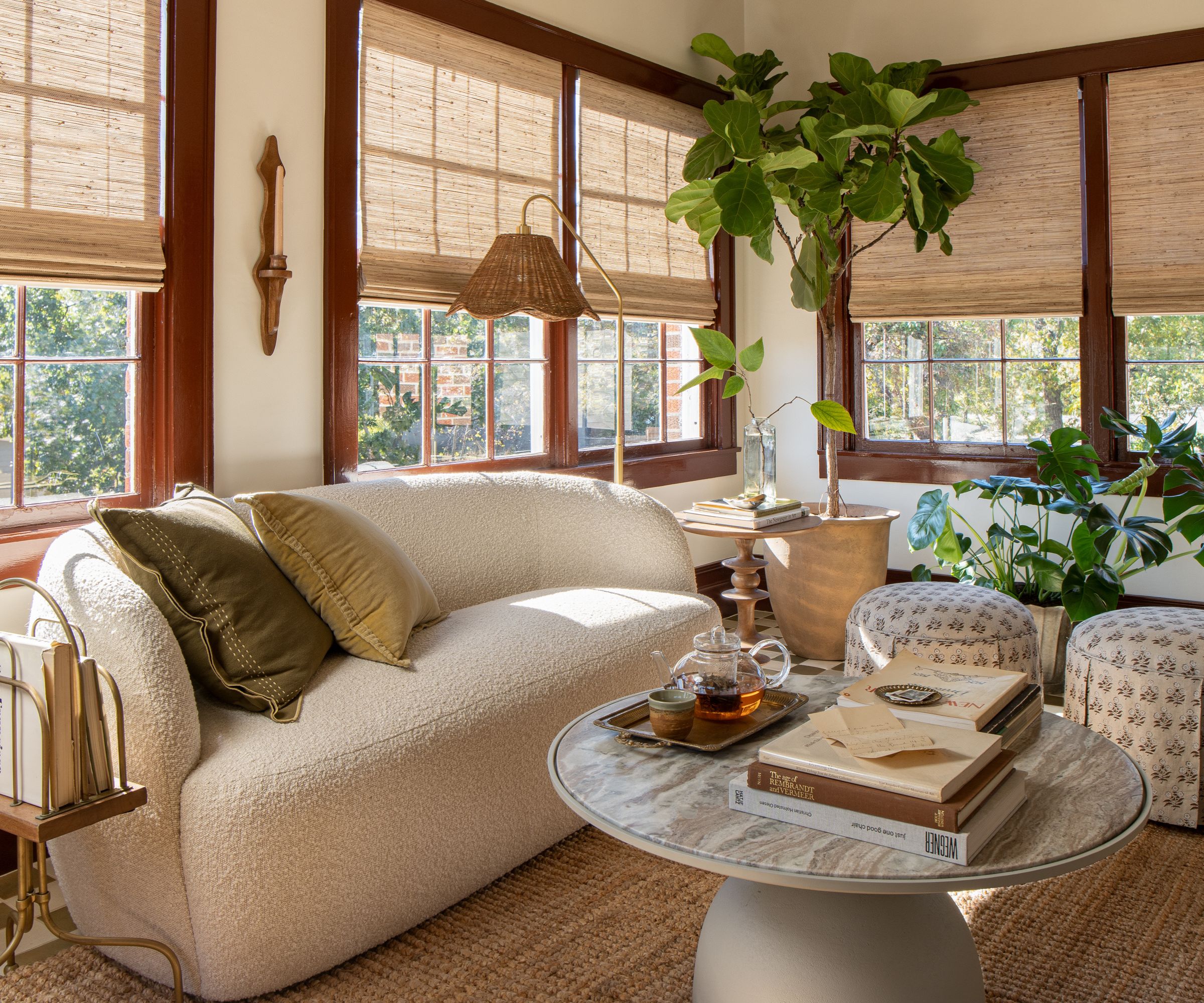
Amazon excels at many things – but lifelike greenery isn’t usually one of them. A $50 fully-grown olive tree in a distressed terracotta pot might seem like love at first sight, but chances are it’s a letdown IRL.
‘We’ve all seen the “nearly real” fiddle leaf fig or olive tree that racks up five-star reviews, but in person, they almost always disappoint,’ says Nina. ‘Unnatural coloring, cheap plastic leaves, and flimsy pots scream inauthentic, especially in well-designed rooms.’
Design expertise in your inbox – from inspiring decorating ideas and beautiful celebrity homes to practical gardening advice and shopping round-ups.
Faux florals don’t fare much better: ‘I’ve seen far too many viral Amazon faux florals that promised “realistic peonies” but turned out looking more like craft store rejects,’ loathes luxury NYC-based event designer Cameron Forbes of Forbes Functions.
They flatten an otherwise elegant setting faster than a bad tablecloth.
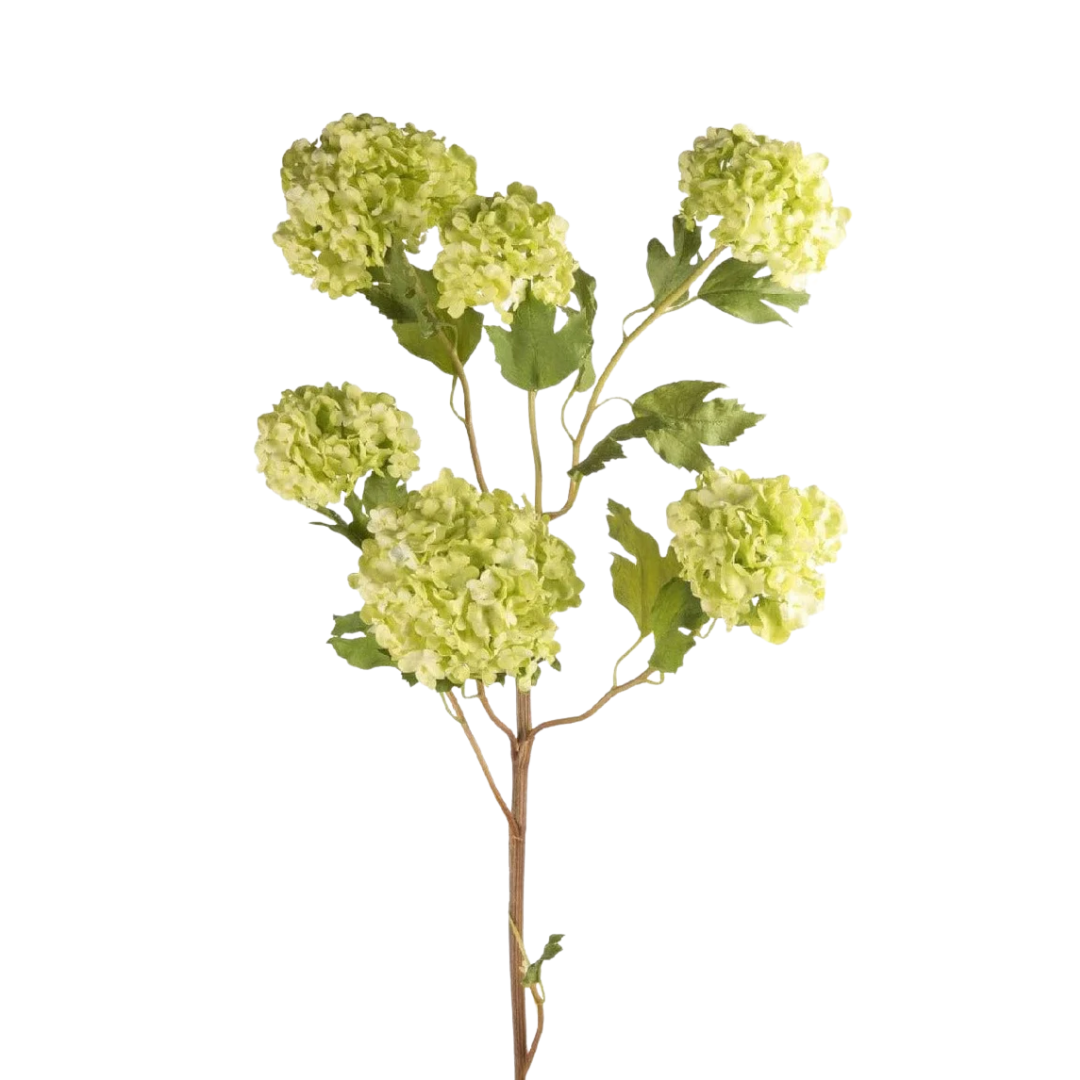
Real is always better. Nina Lichtenstein recommends low-lift plants like snake plants, pothos, or ZZs – especially when styled in ceramic or woven planters. But if you’re sticking to faux (no shame), Cameron Forbes swears by Afloral or Bloomist. ‘They cost more up front,’ she says, ‘but they photograph beautifully and last forever.’
Cheap upholstered furniture
A velvet accent chair for under $100, delivered in two days? It sounds like a win – but for designers, it’s a red flag.
‘It’s tempting,’ admits Nina Lichtenstein. ‘But most fast furniture is made from low-quality materials like MDF, questionable fabrics, and hardware that doesn’t hold up. These pieces may look good in a staged product photo, but in real homes, they often squeak, wobble, or simply feel off.’
Jennifer Jones of Niche Interiors agrees: ‘Cheap upholstery is very noticeable, both in the finishing details as well as the comfort of each piece. You don't have visibility into where these items are made, which is one indicator of quality.’
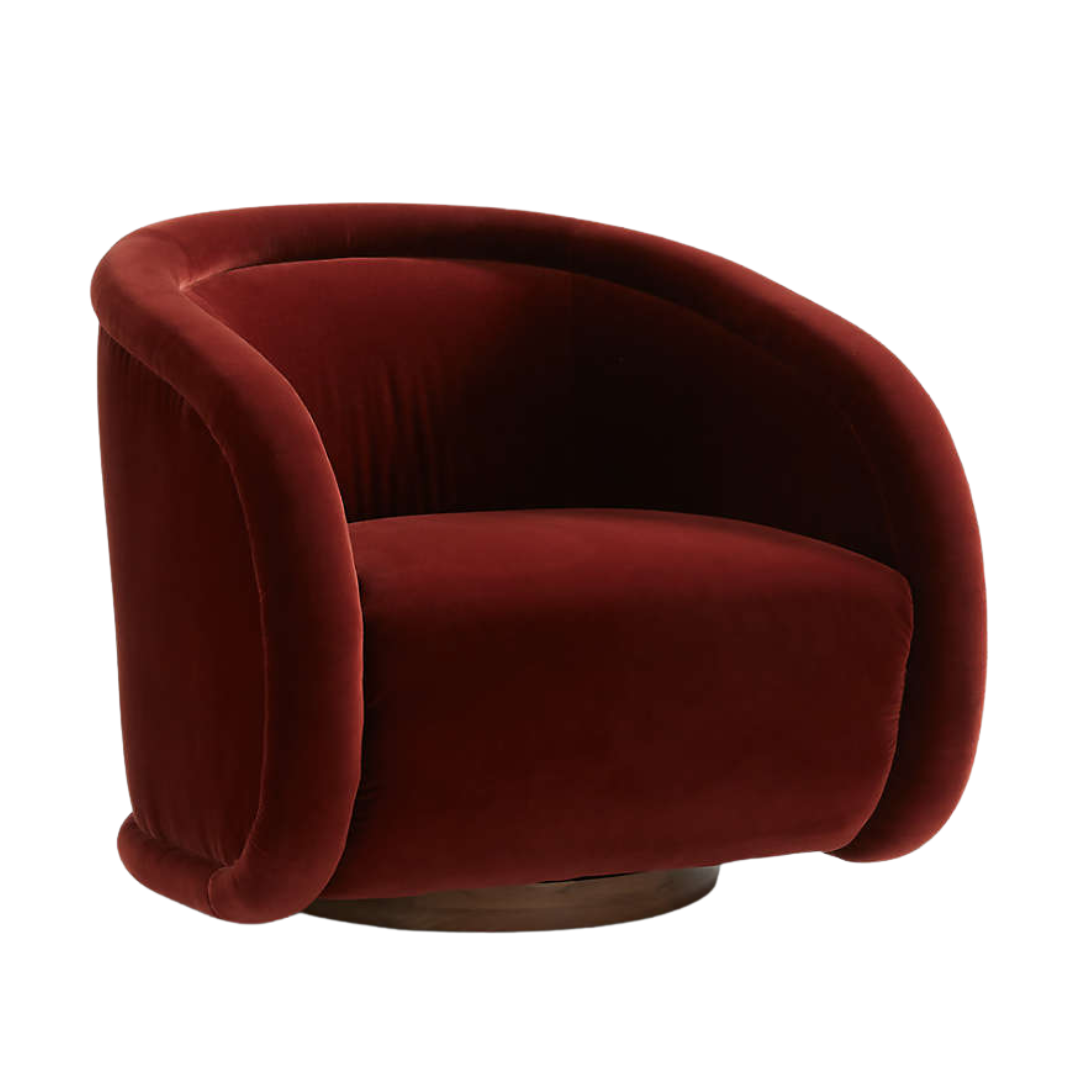
Jennifer recommends retailers that largely manufacture stateside, like Crate & Barrel. You'll find higher price tags, but also some pretty sweet sale sinds, like this Bordeaux velvet Medoc Swivel Chair at 50% off. And if you're on a strict budget, Nina Lichtenstein suggests secondhand via Chairish or Etsy. Same thrill of the online hunt – but with more character, better bones, and often lower prices.
Pre-stuffed throw pillows
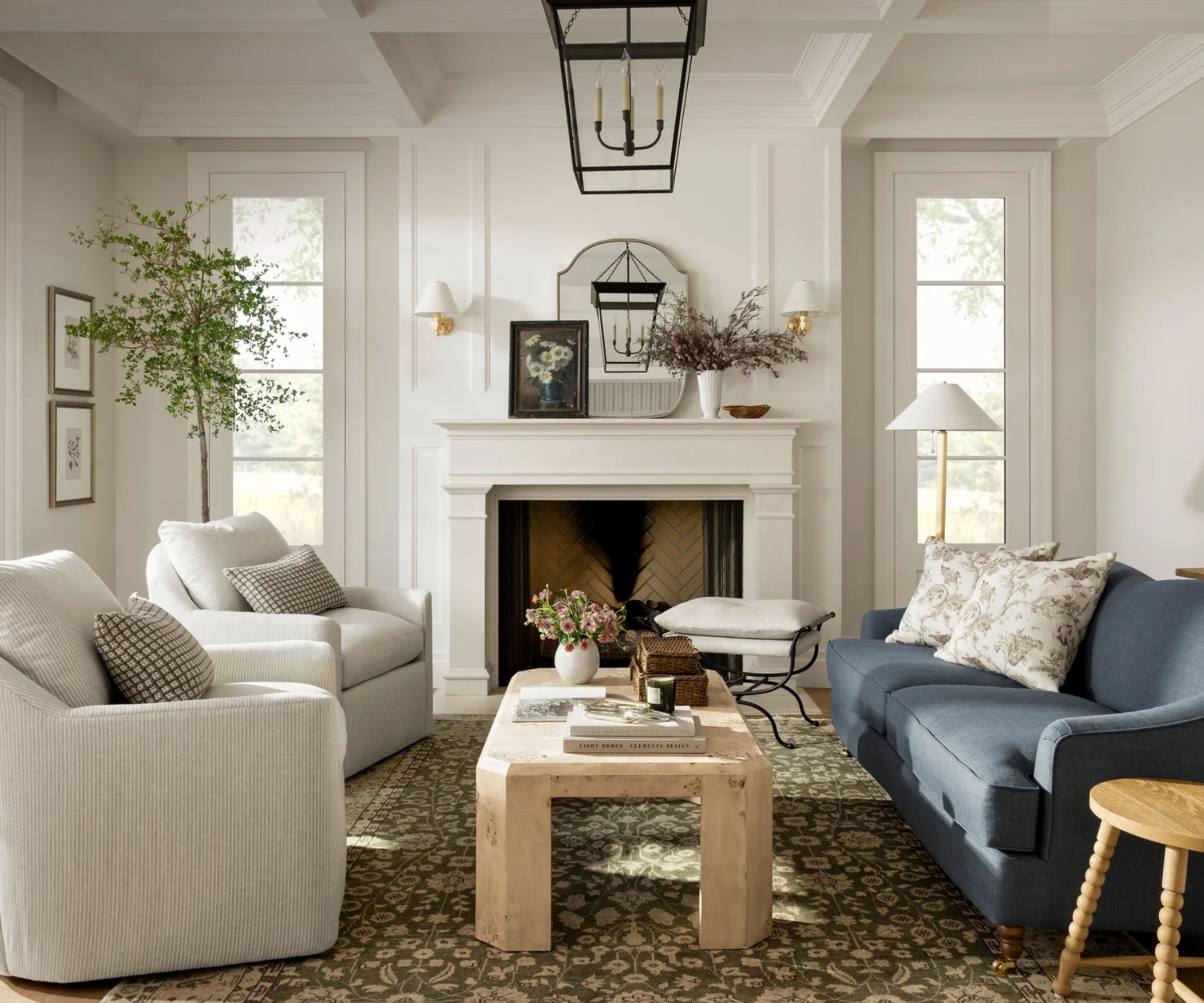
Throw pillows are a gateway buy. One turns into six. Then come the holiday editions. Then the monogrammed ones. (Guilty.)
‘Amazon is flooded with ultra-affordable throw pillows in trendy patterns,’ says designer Nina Lichtenstein. ‘But they usually come with thin, polyfill inserts that flatten within weeks, and the fabrics tend to be synthetic, scratchy, and oddly shiny.’
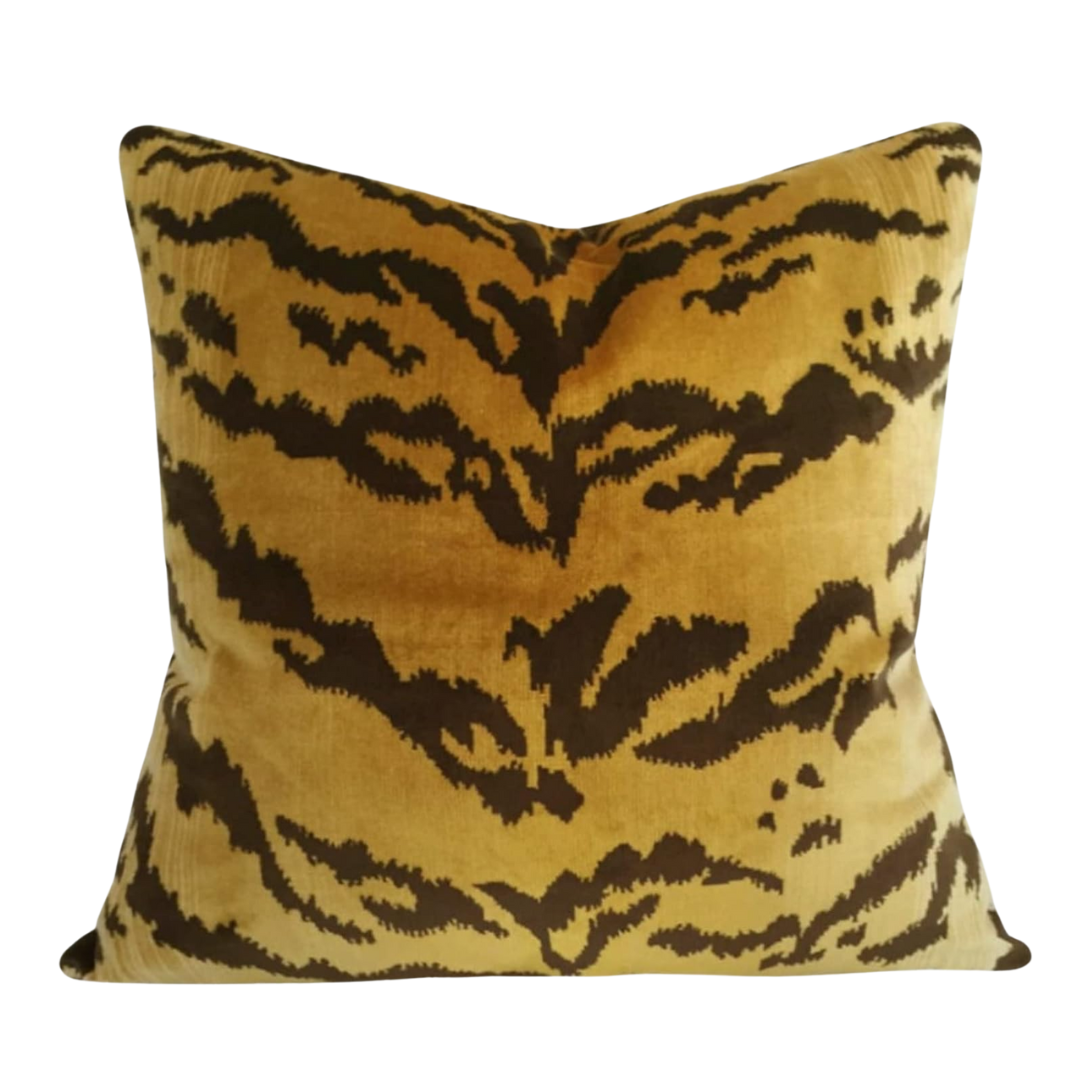
You don't need to abandon your Amazon pillow prospects entirely, but stick to covers only. ‘Look for linen, cotton, or velvet in rich solids or timeless patterns,’ Nina advises. Then pair them with a quality insert: ‘Always size up – an 18”x18” cover with a 20”x20” insert gives that plush, designer feel.' We have a whole feature on how to make throw pillows look more expensive, filled with these kinds of easy tips.
Generic table linens and napkins
Ah yes – the scalloped-edge ‘linen’ napkins from that influencer's immaculately decorated garden party on TikTok. They looked luxe in the video, maybe that creator even claimed them to be real linen, but the price says otherwise. These ‘fake fancy’ linens often fall flat once they land on your table.
‘They might look luxe in a thumbnail, but more often than not, they arrive wrinkled, thin, and poorly stitched,’ says Cameron Forbes. ‘As an event planner, I’m incredibly particular about texture and quality, especially with something guests will be touching all evening.’
Even the least design-literate guest can tell when something’s off.
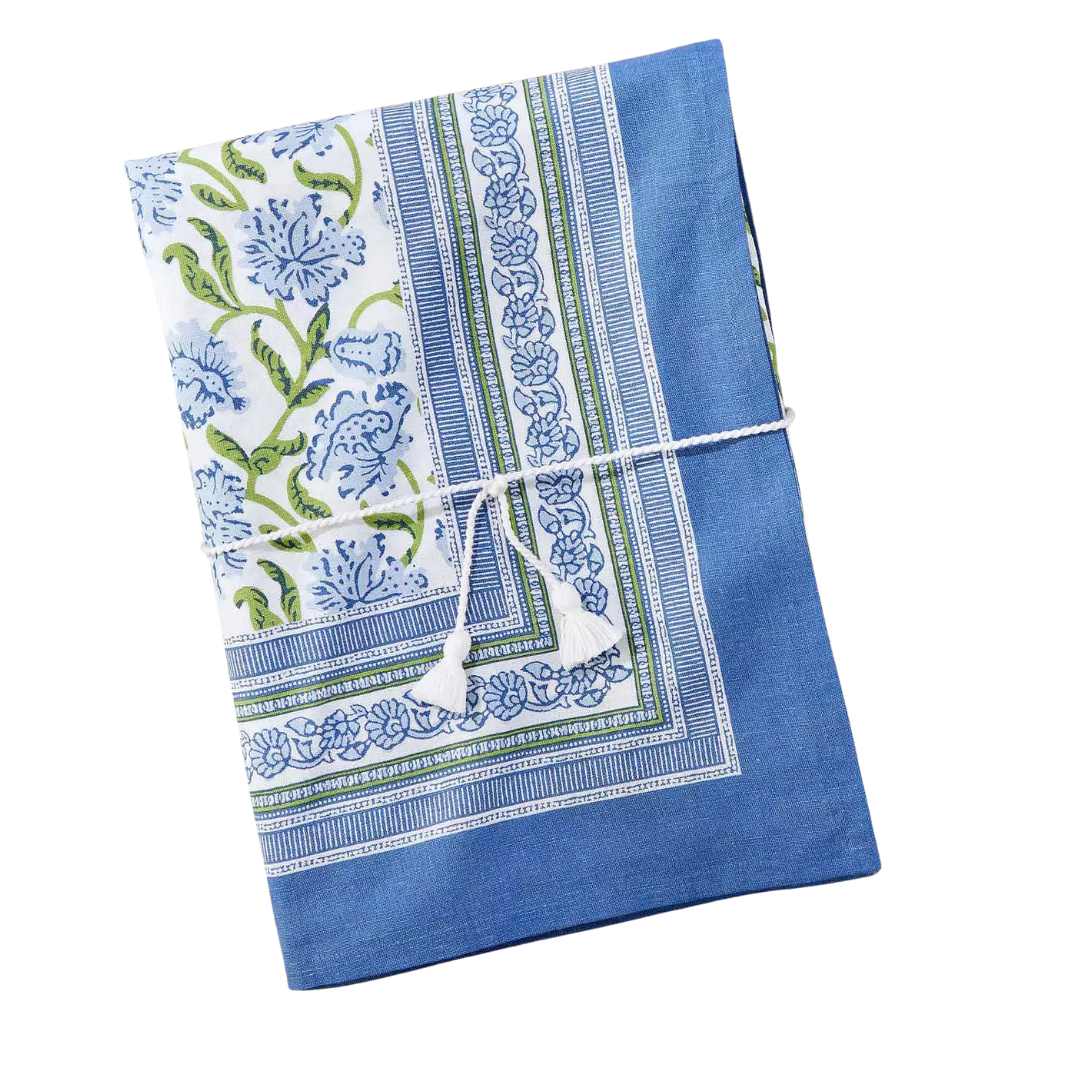
Table linen is one of those categories where it pays to be niche. ‘Instead,’ says Cameron, ‘I’d source from specialty linen vendors like Nuage and Solino or invest in a few beautiful sets from small-batch brands like Atelier Saucier or even Serena & Lily during their seasonal sales.’
Cheap “characterful” rugs

Vintage rugs are layered, lived in, and threadbare in the right ways. But reproducing that delightfully storied feeling on a budget is tough.
‘They’re affordable, yes, but they're often printed instead of woven, with colors that fade or bleed over time,’ says Cameron Forbes of the mass-made ‘boho’ styles that mimic antique patterns. ‘A rug anchors a space, and I’d rather splurge on a small vintage kilim on Etsy or score a secondhand gem from Chairish or Facebook Marketplace than buy something that looks tired after two months.’
‘Don’t be fooled!’ adds Jennifer Jones. ‘Most rugs look great in photos but are made of low-quality fibers such as viscose which is impossible to clean and has a short shelf life.’
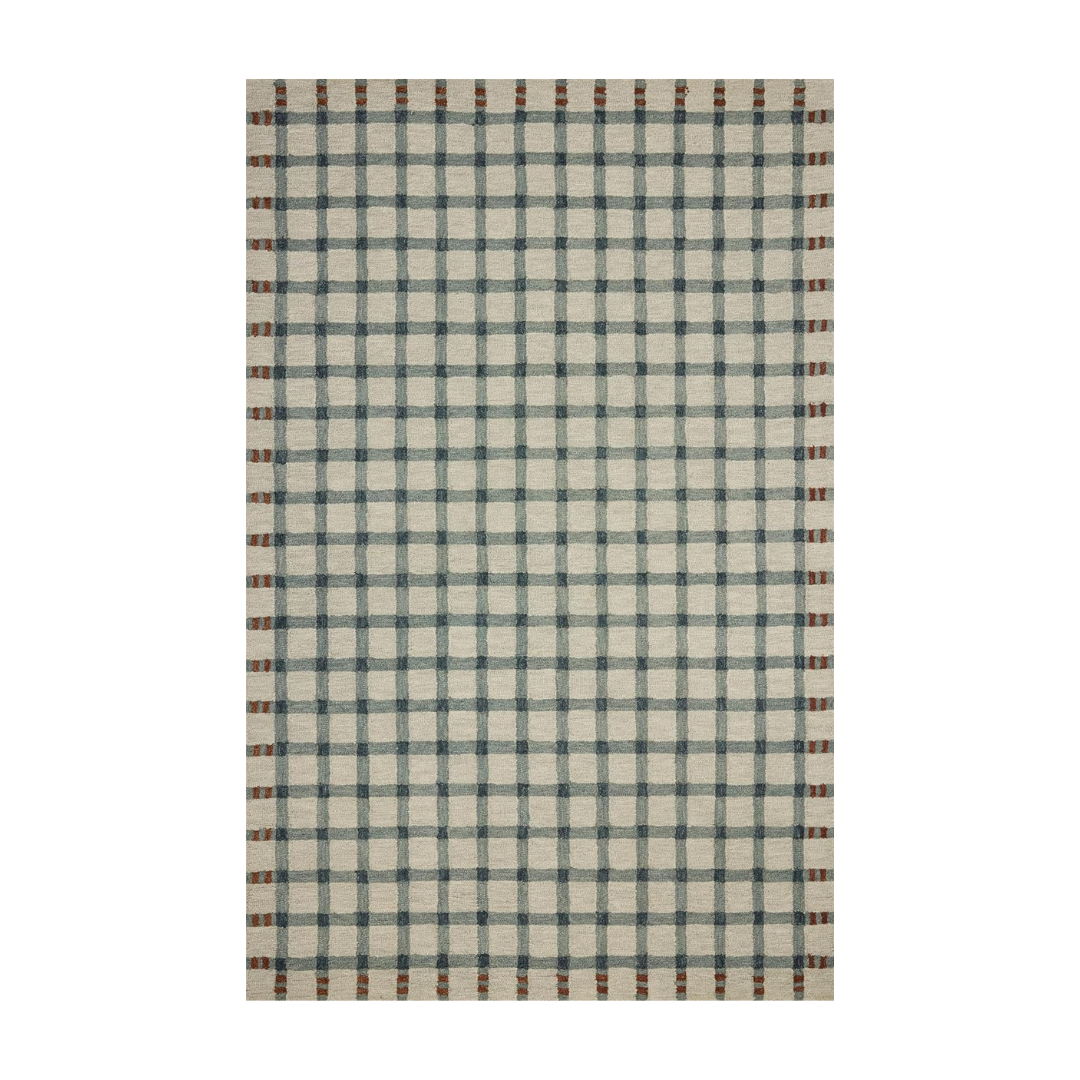
Amazon rugs aren’t all bad, you just need to know what to look for. ‘Invest in area rugs made from natural fibers, such as cotton or wool which is the most durable,’ says Jennifer. Brands like Loloi offer an abundance of thoughtful, well-made designs on their Amazon storepages. A prime (no pun intended) example is this Joanna Gaines collab sale find, made of 100% wool.
Trendy acrylic organizers
You know the ones: they're clear, probably stackable, and suspiciously affordable. They go viral during every sale event and promise a TikTok-worthy transformation at a price you can't refuse. The reality isn't quite so rosey.
‘They go viral every Prime Day but are rarely durable and always scratch-prone,’ says Cameron Forbes of these trendy acrylic organizers. ‘They just don’t hold up to daily wear.’
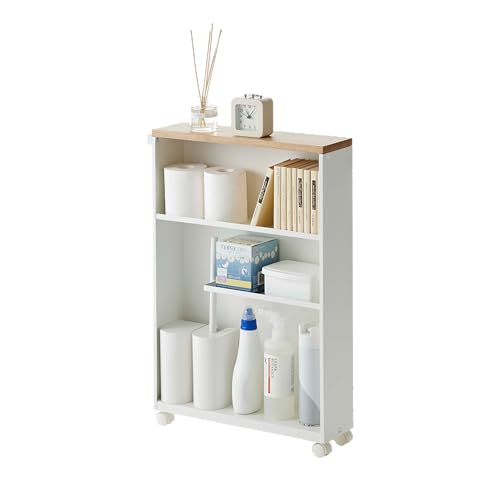
Organizers are something you’ll touch constantly, so quality matters. ‘If you’re organizing a pantry or bathroom, I’d much rather invest in The Home Edit’s line at Container Store or go for something stackable and modular from Yamazaki or Open Spaces,’ says Cameron. Having tried them firsthand, I’ll co-sign: Yamazaki-anything is worth every penny.
Framed wall art
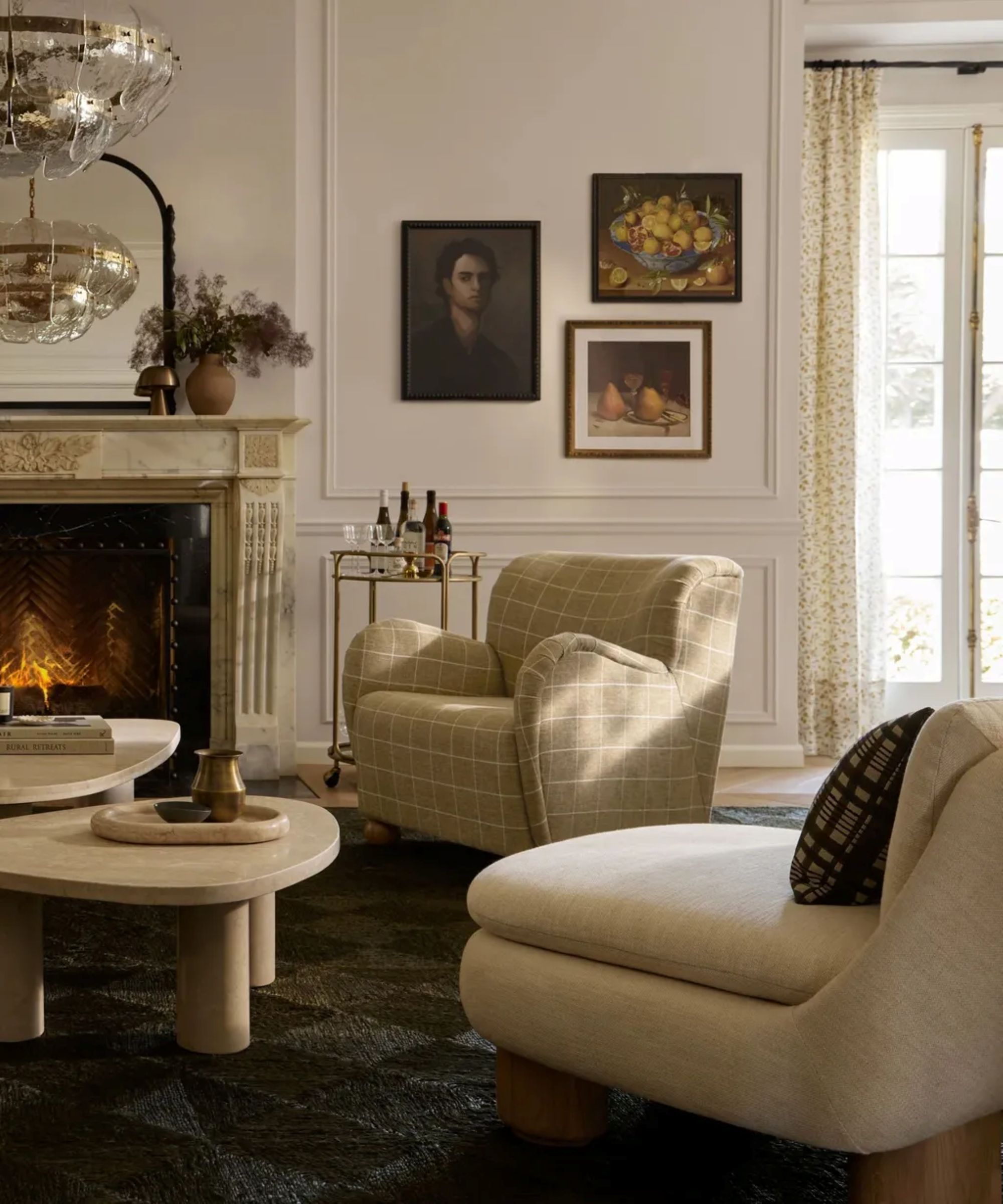
Amazon artwork might seem like a shortcut to a cohesively curated gallery wall, but most miss the mark – by a mile.
‘Prime Day loves a digital art bundle: five coordinating prints with palm leaves, arches, or abstract blobs,’ quips designer Nina Lichtenstein. ‘But these mass-produced sets are overly colorized and often too trendy, lacking any real connection to your space or personality.’
‘Steer clear of buying frames or framed artwork on Amazon!’ echoes Jennifer Jones. Beyond the clichéd motifs, ‘The disappointment is real when you see frames in person... poorly made with uneven joints.’
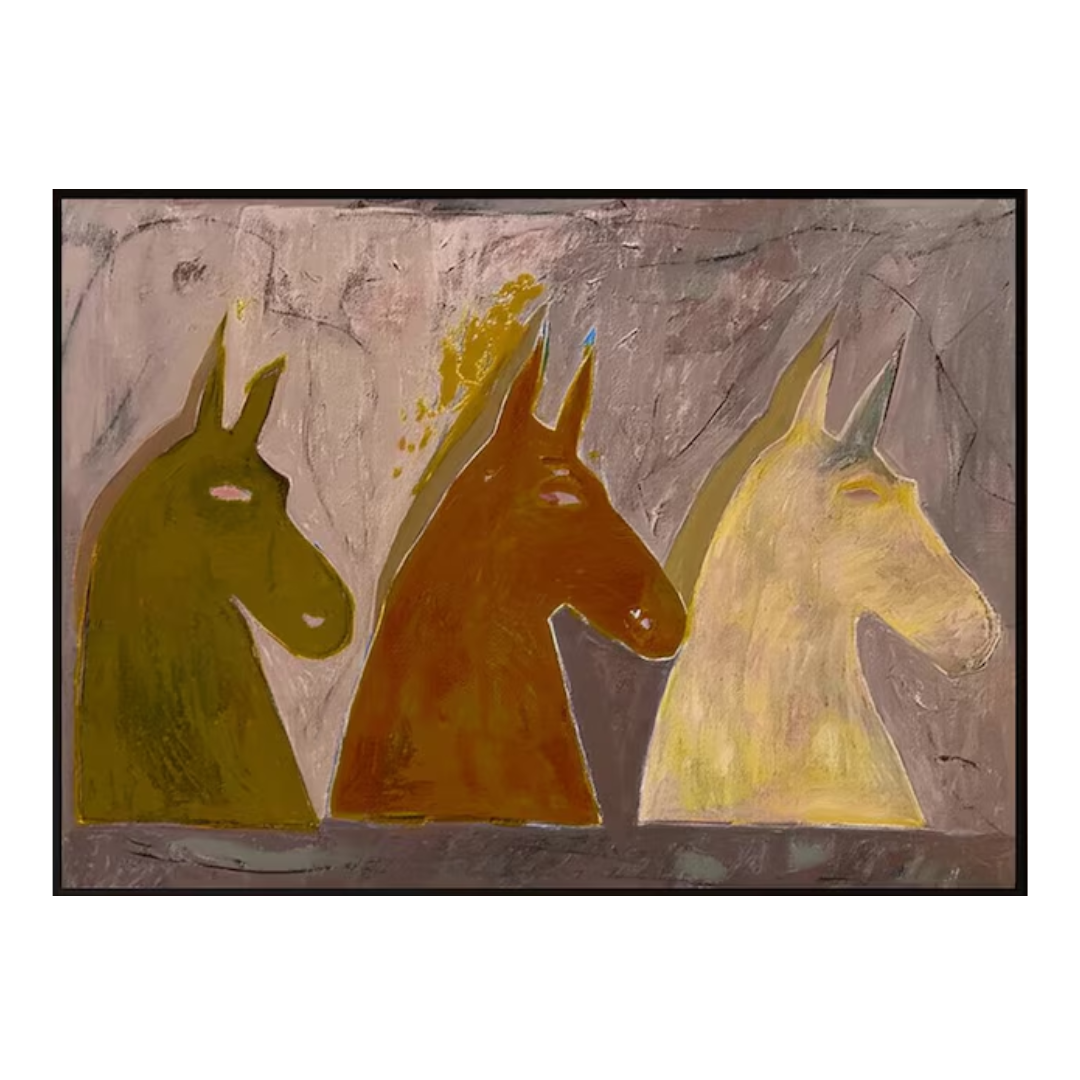
Don't twin with your dentist's waiting room. Nina Lichtenstein recommends personalizing your walls with things that aren't prints: family photography, textiles, or sentimental objects. Alternatively, support emerging artists through platforms like Tappan Collective, Saatchi Art, or Etsy. This Wabi-Sabi style horse oil painting, for instance, arrives framed for less than $300 (or even $100 if you opt for rolled canvas), but looks more like four figures.
Not everything trending over Amazon Prime Day is a trap, but do be mindful when shopping – it's only a bargain if you need it.
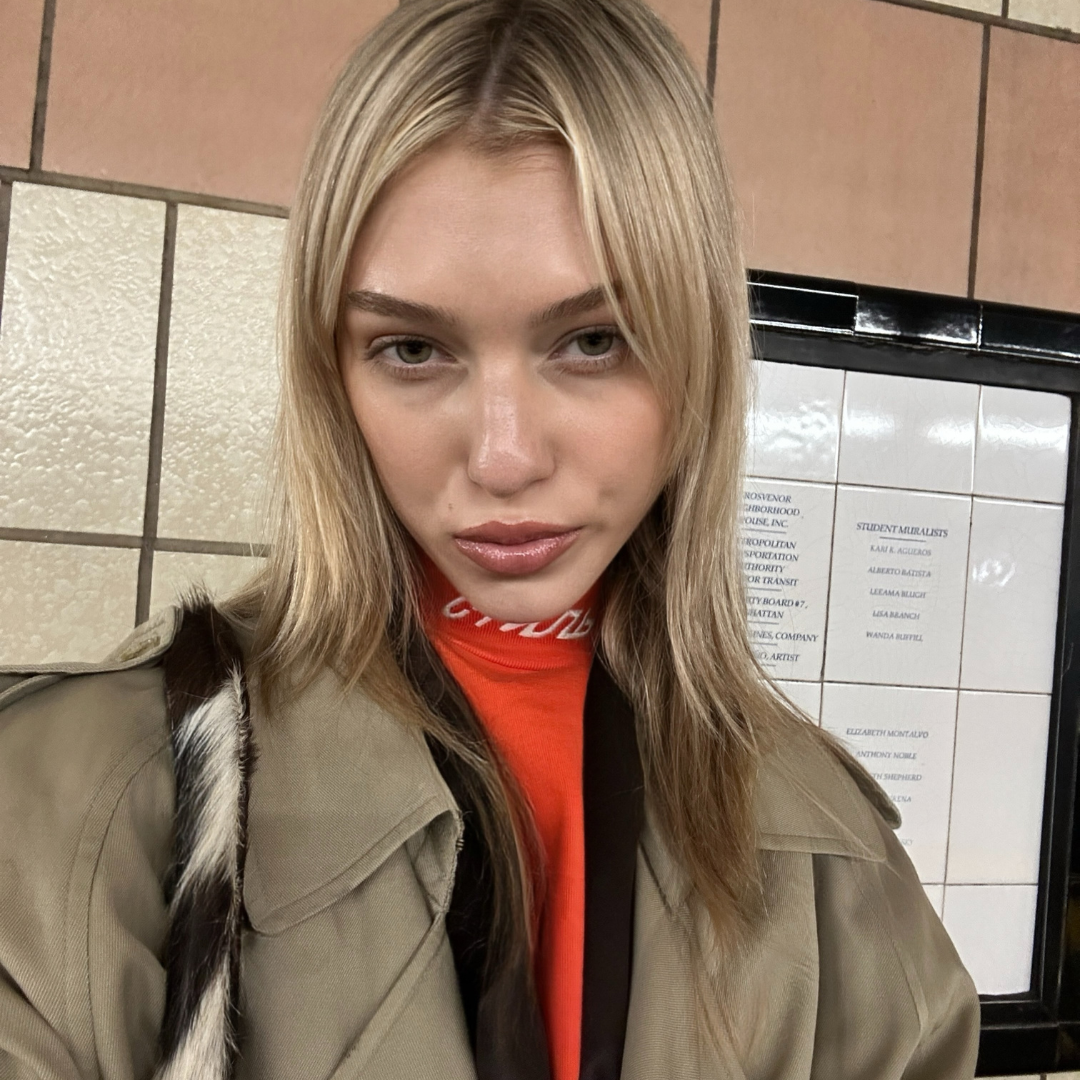
Julia Demer is a New York–based Style Editor at Homes & Gardens with a sharp eye for where fashion meets interiors. Having cut her teeth at L’Officiel USA and The Row before pivoting into homes, she believes great style is universal – whether it’s a perfect outfit, a stunning room, or the ultimate set of sheets. Passionate about art, travel, and pop culture, Julia brings a global, insider perspective to every story.
You must confirm your public display name before commenting
Please logout and then login again, you will then be prompted to enter your display name.